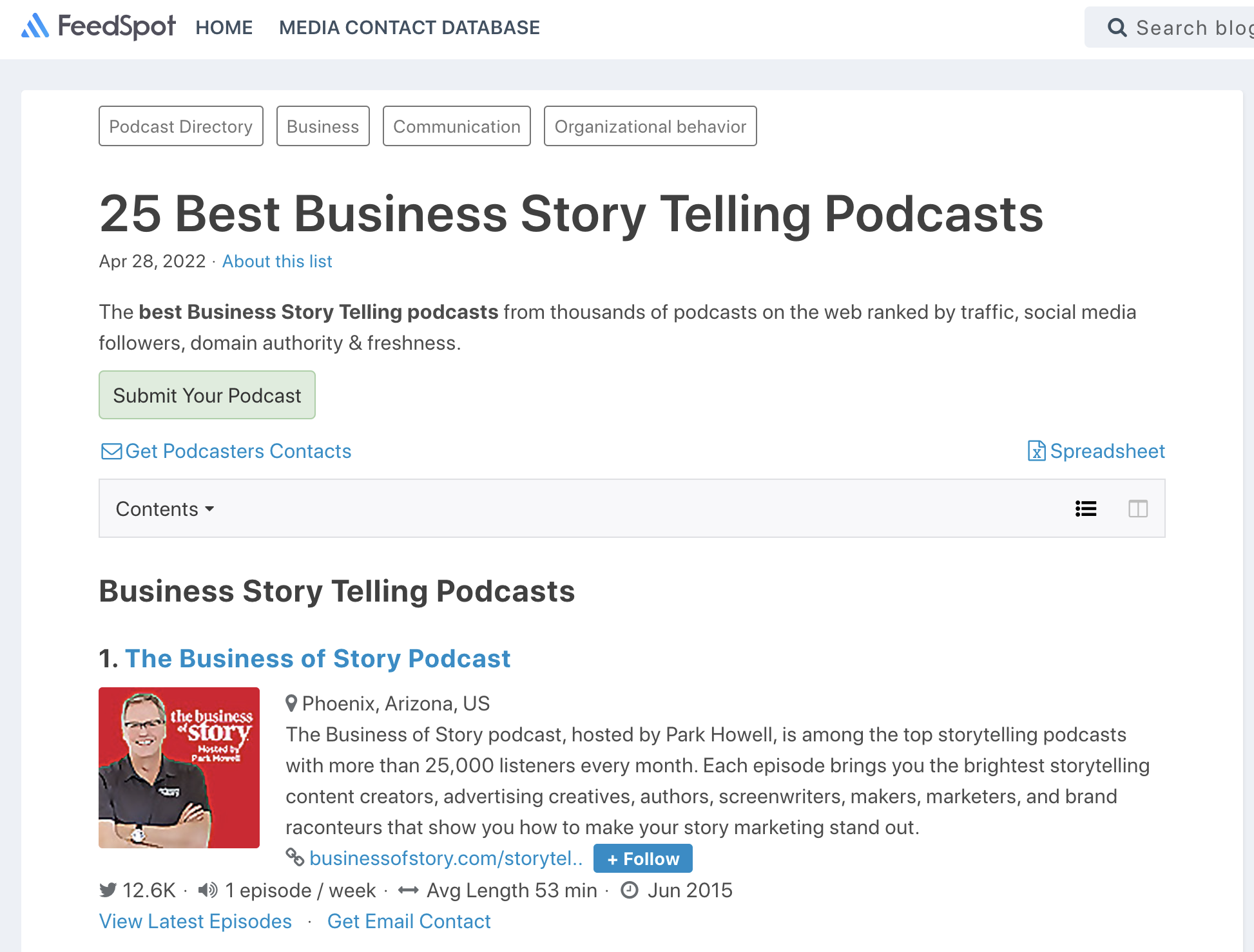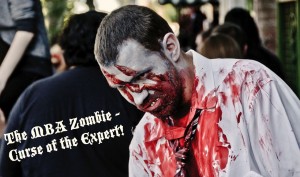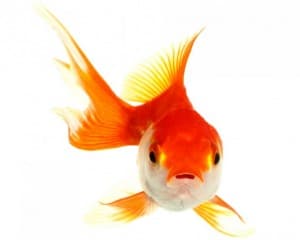Feedspot.com named The Business of Story the #1 business storytelling podcast in 2022
The Business of Story podcast is a 350-episode overnight sensation as we ranked atop the list of Feedspot.com’s 25 Best Business Story Telling Podcasts.
But you won’t believe what I’ve been through AND LEARNED over the last 15 months to keep the show going. Here are my top 10 takeaways you can use to make your show a hit.
A few of my favorite shows from this past year include Neal Nelson, #302: How to Make Your Stories More Accessible for Your Audience, Tamsen Webster, #311: How to Find the Red Thread for Your Story, and Alice Heiman, #320: The Stories CEOs are Telling That Prevent Sales.
#1. When You Stretch You Grow Your Show
On Feb. 5, 2021, Michele and I moved to Munds Park in Northern Arizona. We had spent the previous 33 years raising our three kids in Phoenix. Once they moved on with their lives out of state we decided to move north into our new home we built on Lake Odell precisely for the view from my new office.
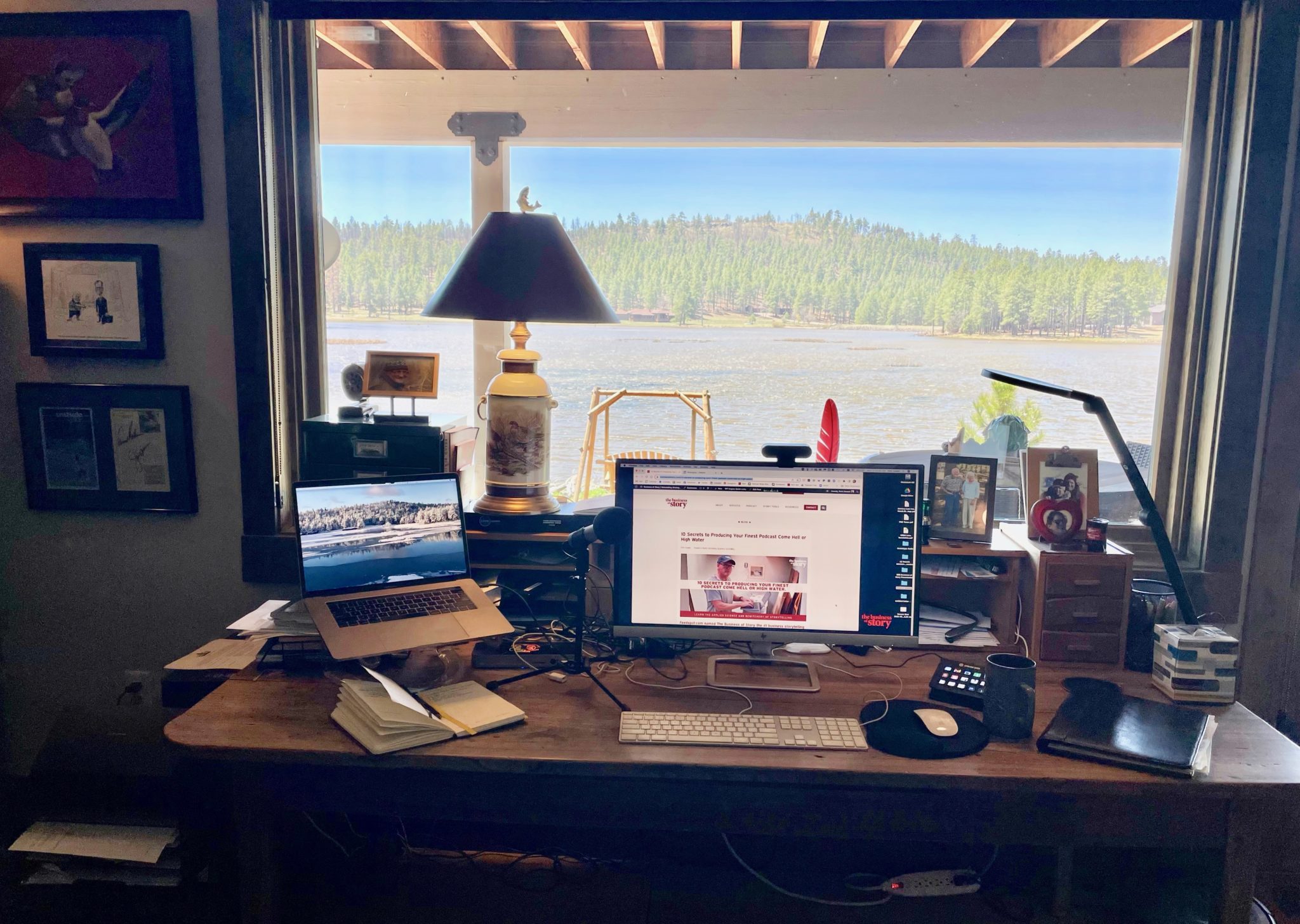
But what we hadn’t counted on is that most third-world countries have better internet than rural America. I thought we could easily get a Century Link connection because, well, they said so.
Ha, that wasn’t so. They canceled three different installation appointments each at the last minute stating they didn’t have enough service on Raintree Road. It took six months and me sharing my frustration with Century Link on LinkedIn and Twitter before I could get their attention.

The Century Link technician had to raise himself in his bucket to get cell reception so he could tell the office to light us up.
Finally, in August of 2021, they hooked up my …wait for it… DSL line. That’s around 14 Mbps download and something that hovers between .6 and .9 upload speeds. Blistering!
However, Elon Musk, upon commandeering Twitter, let me know this past Tuesday that my 1.5-year wait for Starlink is over. The $500 satellite dish and modem that will deliver 155 Mbps download and 18 Mbps upload to our mountain home is on its way.
But it may not work in our location, I’m just learning, because of the pine trees to the north of our home.
So I’ll keep doing what I’ve been doing and that is learning ways to McGyver my connectivity to produce my weekly podcasts, ZOOM sessions, virtual masterclasses and mastery courses.
Don’t let your comfortable status-quo setup make you complacent. I’ve learned that when you become a strange man in a strange land (and this goes for women too), it’s invigoratingly disruptive as you must find new, more effective and efficient ways to do things purely out of necessity.
#2. The Show Must Go On No Matter What
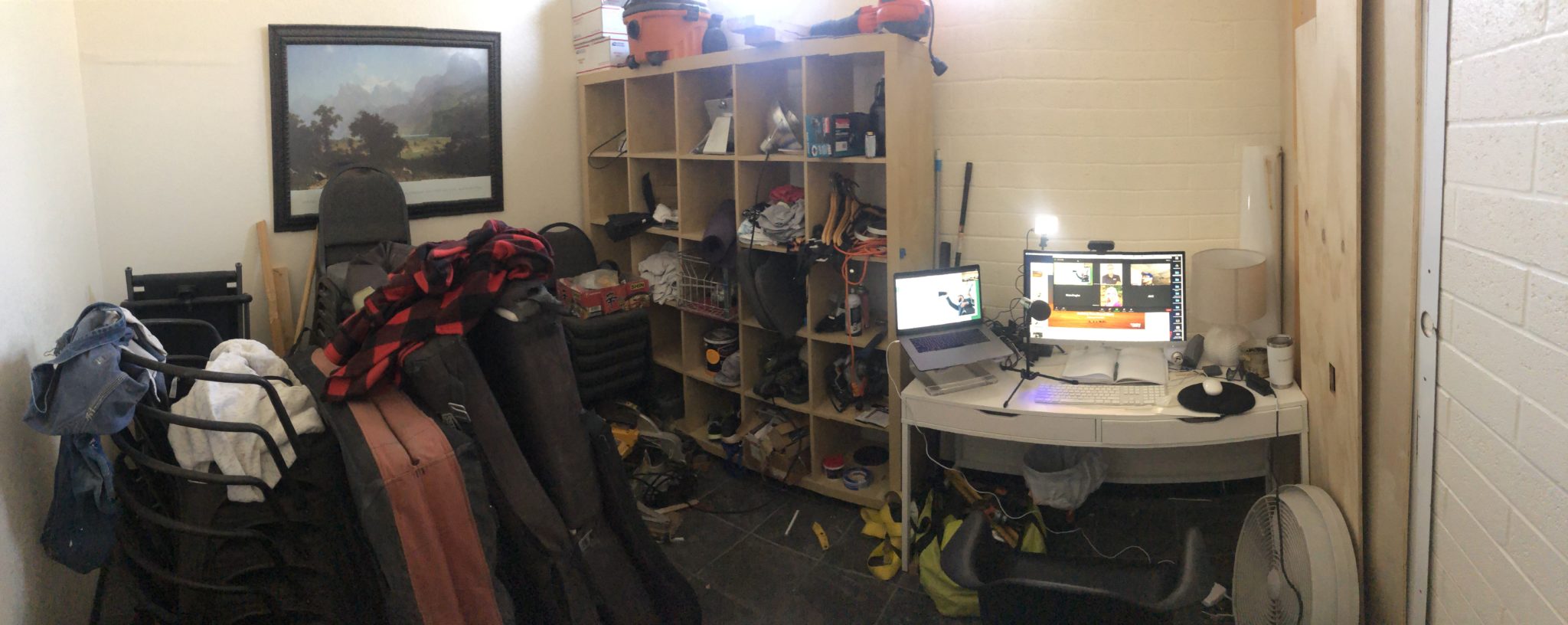
My storage closet studio at Paragon Athletics, Flagstaff, AZ.
When we first moved here, I had nothing more than an AT&T WIFI booster bouncing off the Pinewood fire department’s cell tower for internet in our home.
At those times I need reliable high-speed connectivity, I drove into Flagstaff 20 minutes north of us. Our niece Betsy and her husband Ryan, ardent boulderers/rock climbers, own Paragon Athletics. Paragon Athletics is their Flagstaff gym that focuses on biomechanics, pain science, and biopsychosocial methodology for every individual from the weekend warrior to elite endurance athletes.
They opened their storage room to me for my recording studio. It turns out that the clutter of climbing gear creates ideal podcast acoustics.
And when I needed additional sound-canceling because I was occasionally sharing space with raucous workout groups, the crash cushions from their climbing expeditions muffled the mayhem on the other side of that door.
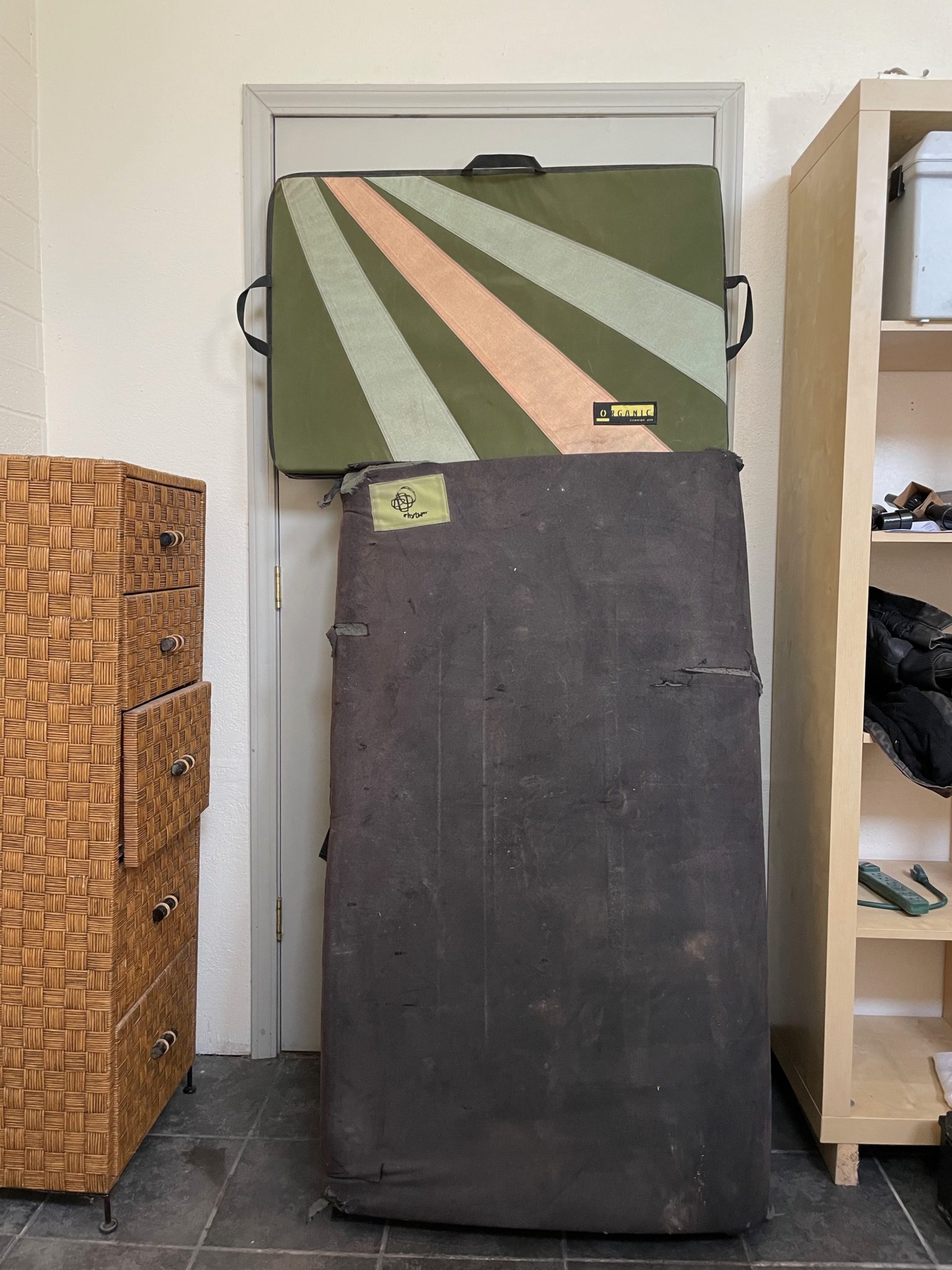
Two of my favorite episodes recorded in the makeshift studio include Dr. Nadya Zhexembayeva, episode #301: How to Reinvent Your Business Story to Thrive in Chaos.
Believe me, I could relate.
And episode #304 with Stephanie Stuckey, How Stuckey’s is Growing by Reclaiming its Brand Story.
#3. Turn Your Volume Up to 11
Less than a month after we moved in, Michele and I received an invitation to join Sir Richard Branson on his private Necker Island in the British Virgin Islands for a week of storytelling training and relaxation.
The invitation arrived on Saturday, February 27, and we were on a flight the following Friday, March 5, 2021. It was an opportunity we couldn’t pass up, but I also had to produce two major virtual Business of Story masterclasses that were already on the books as well as a couple of podcast interviews while there.

So on day four of our trip, I unfolded my traveling production studio in our room in Branson’s Great House and hosted the 90-minute training. The studio backdrop was amazing but the internet was worse than we have on Lake Odell. I thought Sir Richard controlled everything including internet connectivity, but sadly he doesn’t.

Two days later, I found myself with the same production set up on Tortola Island as we had a day layover and another 90-minute virtual session to deliver.
So when an opportunity arrives out of the blue, like visiting Fantasy Island, and you have conflicts that could easily cancel your trip, turn up the volume on your industriousness to 11 and find a way to make it happen while delivering on your promises.
I just celebrated my 350th Business of Story episode: How to Craft Your Brand Story With the Story Cycle System™. People often ask me how I have done that many without missing a single week in almost seven years. The answer is you make it a priority and then you mix in some surprising guests, content and theater-of-the-mind audio techniques to keep your listeners guessing.
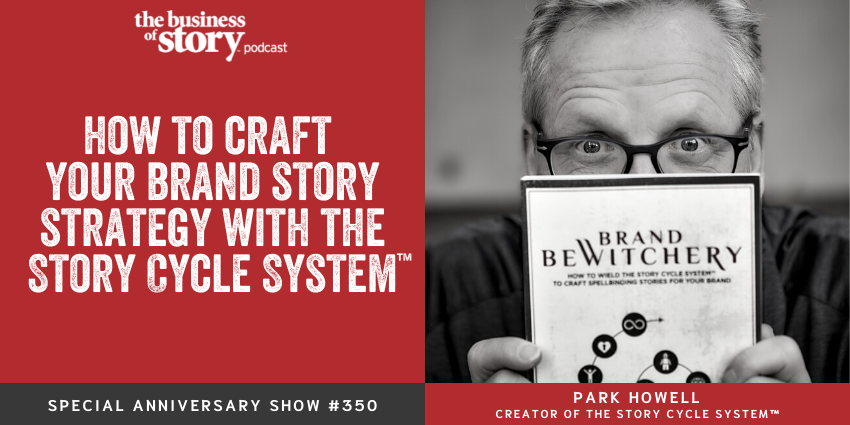
For instance, in every anniversary episode, I don’t host a guest but share with you my insights on storytelling for business, branding leadership, sales and marketing. In this show, I take you by the ear through the Story Cycle System™ to craft your brand story strategy. You can also use my instruction for creating your long-form communications and sales presentations.
#4. Curate an Environment That Guarantees a Successful Interview

The view of Lake Odell from our Deck Dialogue perch.
You, of course, want your guests to be comfortable and at ease in your conversation, so you can tease out the really important stories. Plus, they need to be fun, interesting and useful to your listeners. So the setting is everything.
One of my favorite locations to host a Business of Story podcast guest is on our deck overlooking Lake Odell. I call these in-person sessions “Deck Dialogues” which are reserved for special guests who are passing through. Sitting out in nature takes the pressure off and people seem to relax and have even more genuine conversations.

Me and Greg Head following a pre-production five-mile hike to Crystal Point in preparation for his Deck Dialogue interview.
You can listen to the four Deck Dialogues we’ve produced so far.
- Greg Head of Scaling Point and Greg’s List: Episode #324, The Sales Power of a Focused Brand Story
- Ron Sciarro and Paul Preston, co-founders of Aqua-Tots, the world’s largest swim school franchise: #325, How a Story Propelled Their Brand to Market Dominance
- Chad Wilson, Vice President and Executive Creative Director, Marketing at Grand Canyon Education, Inc.: #331, How to Evolve Your Brand Story as Your Customers Change
- And my pal Pete Walsh, a renowned family business coach pictured below: #322, How to Craft a Better Family Business Story
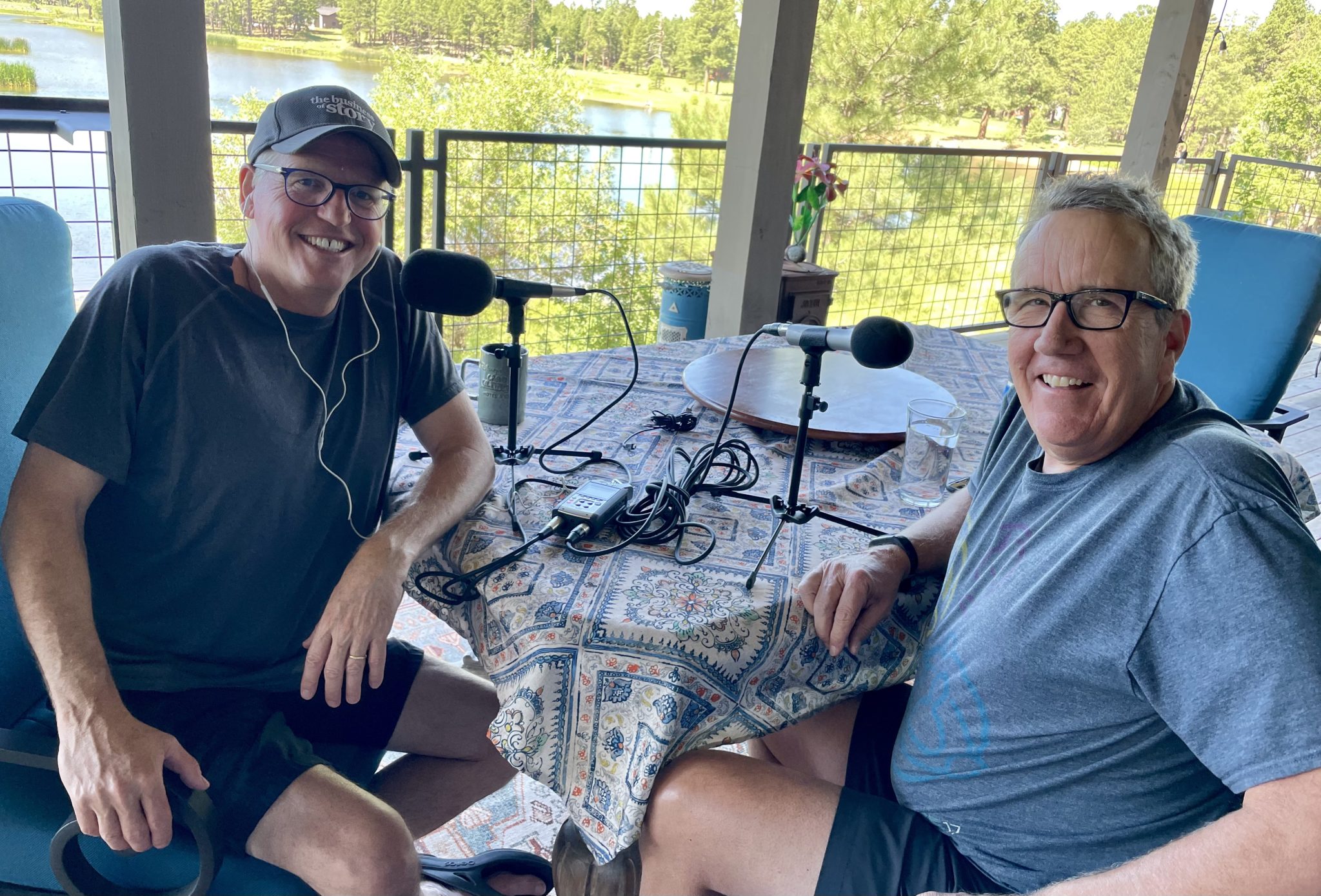
Pete Walsh (right) my brother from a different mother just wrapping our Deck Dialogue conversation.
#5. How Not to Get Run Over Producing on the Road
When I’m in Phoenix, just two hours to the south of us, I use the Park&Co conference room. I invested in the Xebec monitors to give me more visual real estate on my Macbook Pro when producing on the road. The left screen is great to use as a preview for Keynote presentations, but I’ve found both screens are too small for most writing functions…or maybe it’s my old eyes.
I’m not sure the Xebec is worth the $500 investment. Looks cool, though, huh?
What I’ve learned, and my packed AV closet demonstrates, is that you don’t need a bunch of gadgets to produce your show, especially on the road. A quality microphone, simple lighting, your built-in camera and a solid internet connection and you’re good to go.
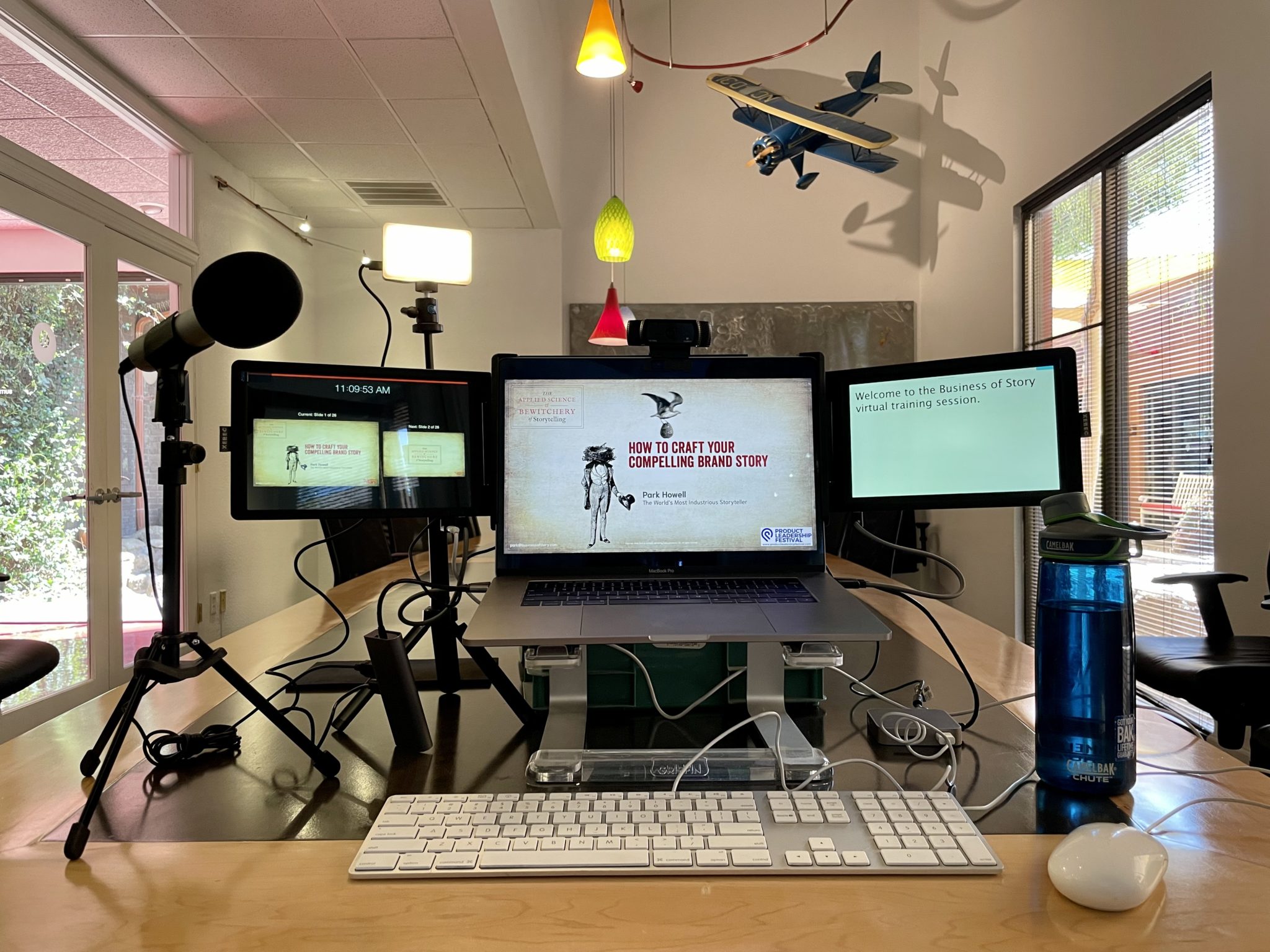
The Business of Story traveling studio landed in the Park&Co conference room, Phoenix.
#6. Put Ambient Sound to Work for You
I also enjoy recording guests in the courtyard at our building as captured below with real estate professional John O’Hagan: #316, How to Tell Your Brand Story by Just Being You. I use two ATR microphones and an oldish ZOOM recorder. I love the ambient sound you get when you do these kinds of productions.
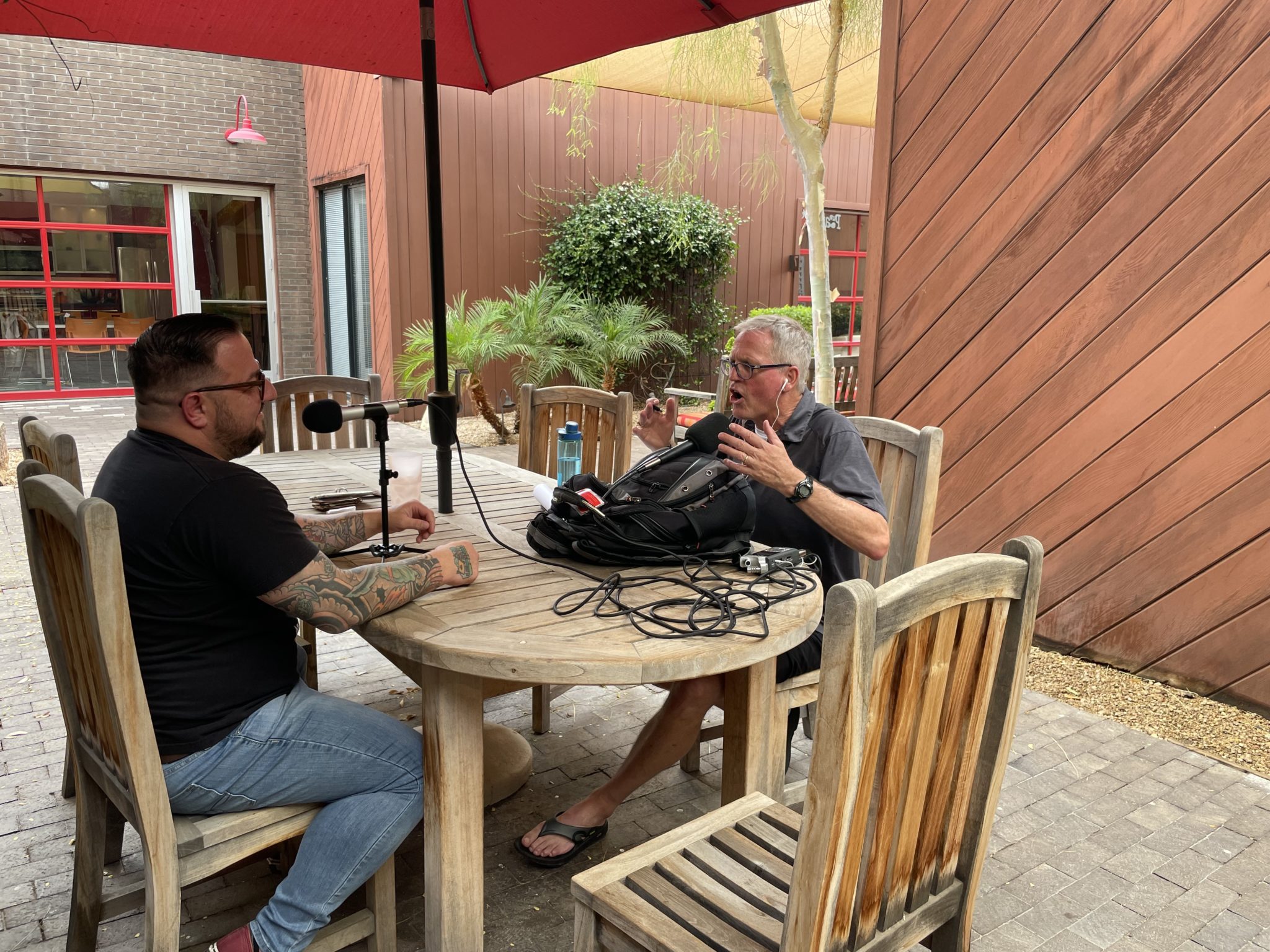
John O’Hagan settles in at the Park&Co courtyard at our Summit Building.
I’ve recorded shows next to the elevator at the Mandalay Bay Hotel in Vegas, on a noisy patio at the San Diego Convention Center and in the living room of legendary screenwriting coach Robert McKee’s Connecticut home. Each of these kinds of locations outside of a controlled recording studio environment poses its own audio challenges.
I used to fret over the background noise but now I embrace it if it’s not too loud. Because ambient audio adds to the setting and immediacy of the conversation. You can feel like you’re sitting right next to the host and guest. If you’re shy about ambient sound, just listen to how National Public Radio (NPR) uses it to great effect in their interviews.
In fact, I interviewed the iconic host of NPR’s All Things Considered, Michael Siegel, as we stole away in a basement room during the Washington State University Murrow Symposium where he was keynoting: Episode #140 where he revealed how he crafts his stories.
So instead of worrying about sub-optimal audio circumstances, embrace it to capture the moment and create even more presence and intimacy for your listeners. It will sound to them like they’re simply sitting in on your interview.
#7. Park Your Pride and Make it Happen

Holding virtual court from the laundry room of our daughter Corbin’s new home in Jacumba Hot Springs, CA.
On Friday, August 27, I produced a show from the laundry room of a new home our daughter Corbin and her family were moving into. We were visiting as she and her business partners are renovating the Jacumba Hot Springs resort, restaurant, bar and most of mainstreet on old Highway 8.
I had one ZOOM session and a podcast to record so I held up here. Good thing their washer and dryer hadn’t arrived yet. That was also the trip when our AC unit went out in our new Subaru Ascent as we were driving out of Phoenix. We spent the next four hours crossing the desert in 114-degree heat.
#8. Don’t Overthink Your Production Requirements

Whatever it takes to produce a three-hour virtual masterclass for 2,500 international attendees on ZOOM.
Once again I was on the road and Brian Burkhart, the founder of Square Planet, set me up for a three-hour virtual masterclass hosting 2,500 attendees on ZOOM from around the world. Don’t let the packing box podium and book pile computer stand fool you. With proper lighting, solid audio equipment, an interesting backdrop and a comfortable place to stand, you will look and sound like a million bucks.
It’s important to remember that we’re all producing LIVE amateur TV with our virtual events. This is truly where content is king, so don’t let your production facility and clever on-screen graphics get in the way of the reason why you’re really there: to help your attendees understand the concepts and apply the content you are presenting.
It’s important to remember that when you’re hosting a virtual session you’re in essence producing LIVE amateur TV. So focus on your content and don’t lose yourself in production bells and whistles. They can just get in the way and make you look even more amateur as you fumble through them.
A little technique goes a looooong way.
#9. There’s No Place Like Home
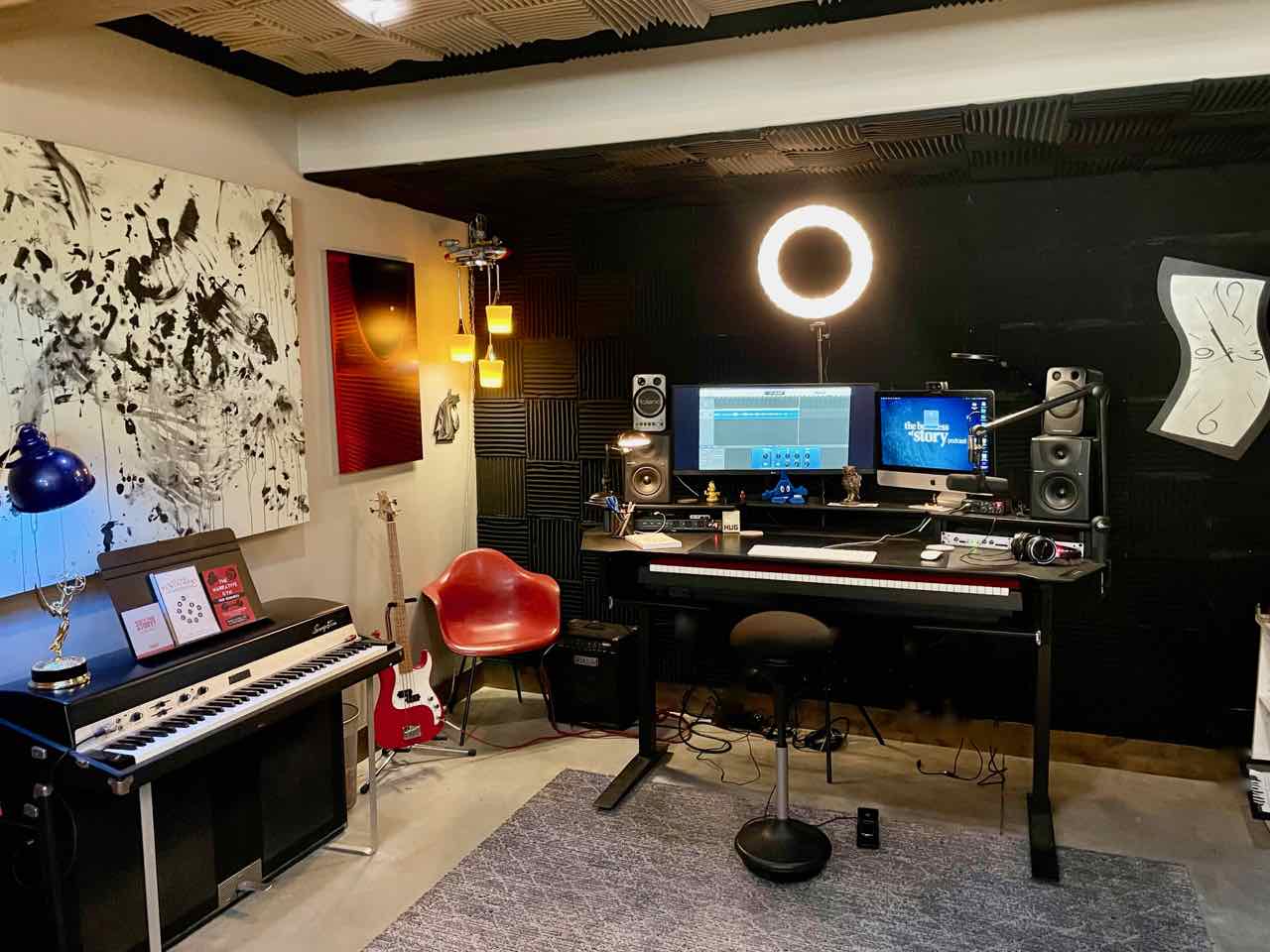



Welcome to my official Business of Story studio in the basement of our Lake Odell home in Munds Park, AZ. This is where the majority of my episodes are recorded as most guests are still interviewed remotely.
I record using a Sure SM7B microphone connected to a Mac and edit my initial show elements on Garageband. Our son, Caedon Howell, uses the elements to produce the final episodes that are then distributed every Monday through Libsyn. My classic Rhodes 73 electric piano I got in 1978 adds a bit of history to the studio.
Make your studio uniquely your own because you will spend a ton of time in it. It may as well be cool, at least to you.
#10. Take a Moment to Appreciate Your Efforts
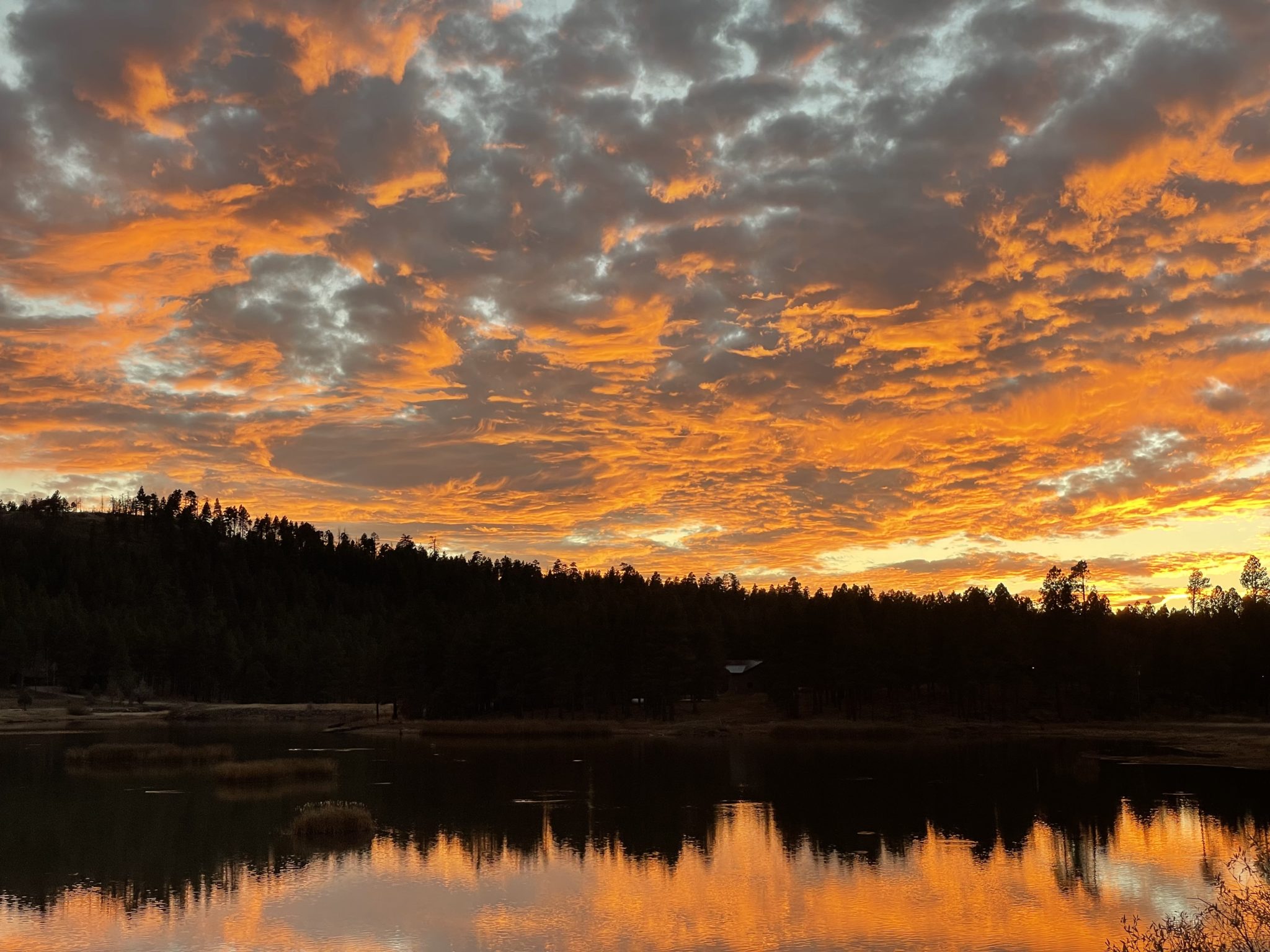
Podcasting is a ton of work. Joe Pulizzi, author, speaker and founder of Content Marketing Institute, told me way back in episode #51: How to Create Stories That Resonate, that it takes an average of 18 months for a podcast to start gaining traction. That is a long time to invest your time and money in hopes of having success.
But you can do it if you’re passionate about what you’re sharing and committed to producing and delivering your content consistently no matter what. You just have to start your podcast.
Keep it simple and never forget to take a moment and give yourself a pat on the back for how dedicated you are to serving your listeners.
#StoryOn, my friend.


